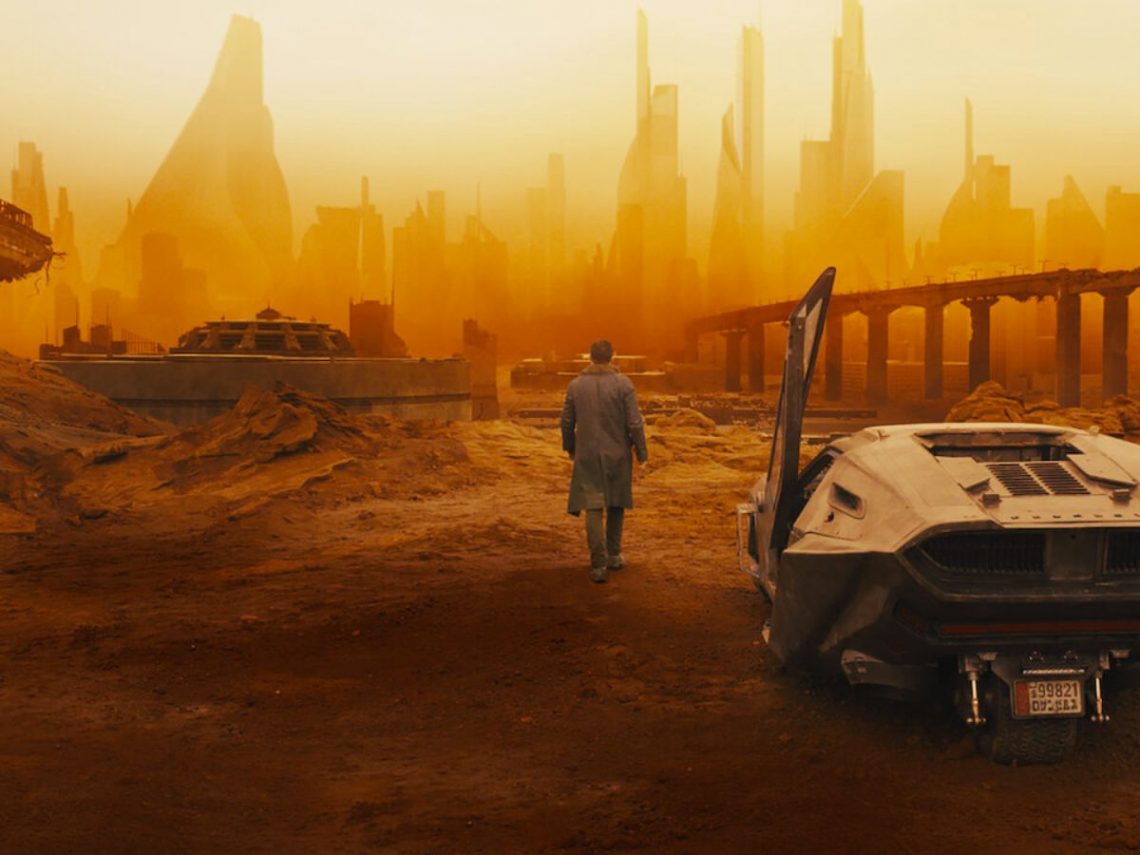Within the confines of the streaming platform, Netflix, exists some of the best movies ever made. The platform may be focused on the freshest releases in action, horror and science fiction, but that doesn’t mean it can’t house some of the best movies of old, too. Blade Runner 2049 sits somewhere in the middle of all that.
Not only is it connected to the wildly popular and monumentally influential Blade Runner starring Harrison Ford, but the newest release in the story features some of Ryan Gosling’s finest work.
Ryan Gosling emerges on the screen of Blade Runner 2049, his eyes gleaming and smile rising. This is an actor searching for a purpose, any purpose, hoping it can bring him to a place of great peace. On his journey, he sees himself as a son, a disciple and a mentor, partaking in a great cause. As a person of great purpose and passion, Officer K presents himself as a replicant without a rule, a rebel without a cause and a prince among the sheep.
It’s his personal journey, his desire to reach fulfilment and his attempts to become part of a society that has openly excluded him from this point of direction. Gosling is brilliant, capturing every narrative and character beat in his arsenal, often through his eyes alone. He’s stepping on eggshells, bringing some of the hard-wired confidence that serviced him to his point of no return.
He’s less Leopold Bloom and more Stephen Daedalus, aching for identity in a world that’s supposed to provide him one. But every time he turns to someone, in an attempt to let out a part of his soul, it takes a piece of him with them. In an effort to become more human, he winds up acting more mechanical and more robotic, never missing out on the opportunity to try and better himself as a person of great standing and repute.
In one emotionally coiled moment, Gosling’s K peers over the ledge to witness the reflection of a woman he used to love – played with elegant poise by Ana de Armas) – and it’s in that exact moment that he realises that no matter where he goes, or who he touches, he will never be anything more than the replicant his superiors have always written him off as.
Such is the power of the scene, Gosling lets the audience do the work for him, standing in the rain, hidden beneath a barely etched smile. In one blinding moment, he announces himself as the next hard-boiled icon, deep in his thoughts, laments and regrets.
The portrait, much like the film as a whole, honours the Blade Runner that came before it, and Gosling exemplifies the passion and detached frustration of Harrison Ford’s Deckard. “The first movie was a film noir, quite intense with melancholia and an existential crisis, so we are not far away from the thematics of the first movie, I will say,” Villeneuve said earlier this year. “It’s the same genre, the same atmosphere.”
Indeed, the whole thing is an icy, angular experience, and it’s the detachment and sense of purposelessness that drives the engine, the story, the backdrop and the feeling of the film forward. As a form of entertainment, it’s not necessarily the most immediate of devices, but it’s certainly a very strong way of delivering the point home. And Gosling does it well.
Watch Ryan Gosling in Blade Runner 2049 on Netflix now.
